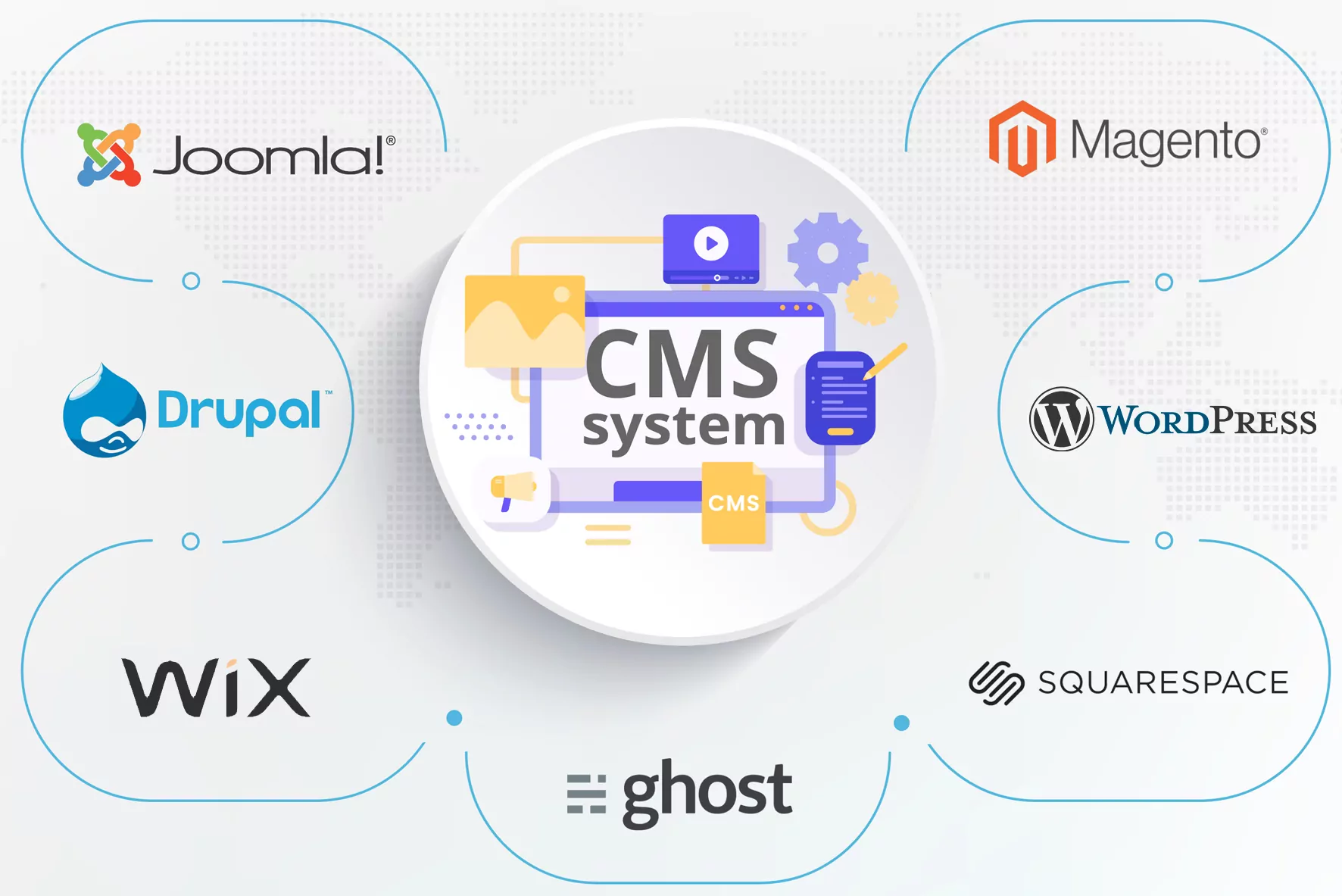A content management system (CMS) is a software package that provides some level of automation for the tasks required to effectively manage content.
A CMS is usually server-based,4 multiuser software that interacts with content stored in a repository. This repository might be located on the same server, as part of the same software package, or in a separate storage facility entirely.
A CMS allows editors to create new content, edit existing content, perform editorial processes on content, and ultimately make that content available to other people to consume it. Logically, a CMS is comprised of many parts. The editing interface, repository, publishing mechanisms, etc., might all be separate, autonomous parts of the system behind the scenes. However, to a non-technical editor, all of these parts are generally viewed as a single, monolithic whole: “the CMS.”
The Discipline Versus the Software What’s important to note is that a “content management system” is a specific manifestation of software designed to enable the discipline of content management. Just like a Ford Taurus is a specific manifestation of a device enabling personal transportation, Drupal, WordPress, and Episerver are specific manifestations of software enabling content management.
The discipline of content management — the accumulated theories, best practices, and accepted patterns of the field — transcends any specific system. In this sense, it’s a Platonic ideal: an abstract, subjective representation of how content is to be managed. The specifics of this ideal can be very different depending on the experiences, preferences, and needs of the observer.
This means there’s no single, accepted definition for content management as a discipline, just a set of debatable best practices. While people might try to lay claim to a Grand Unified Theory of Content Management, no such thing exists. Thankfully, this means that skill with a particular content management system can be somewhat transferable.
Even if System A differs from System B in extreme ways, they both still need to solve transcendent problems of the discipline, like workflow, versioning, publishing, etc. While specific technical skills might not transfer, working with a content management system requires the exercise and development of skills in the content management discipline.
So, a CMS is a tool to assist in and enable the theoretical ideal of content management. How well any one CMS successfully brings that ideal to life is the subject of great debate and Internet flame wars.
Types of Content Management Systems
We defined content as “information created through editorial process and intended for human consumption.” Note that there was no mention of the Web in this definition (nor of the Internet itself, really).
However, given that this is a book about web content management, it’s probably best that we define some different flavors of content management rather than lumping them into one big bucket.
The “big four” of content management might be identified as:
Web content management (WCM)
The management of content primarily intended for mass delivery via a website. WCM excels at separating content from presentation and publishing to multiple channels.
Enterprise content management (ECM)
The management of general business content, not necessarily intended for mass delivery or consumption (e.g., employee resumes, incident reports, memos, etc.). This flavor was more traditionally known as “document management,” but the label has been generalized over the years. ECM excels in collaboration, access control, and file management.
Digital asset management (DAM)
The management and manipulation of rich digital assets such as images, audio, and video for usage in other media. DAM excels at metadata and renditioning.
Records management (RM)
The management of transactional information and other records that are created as a by product of business operations (e.g., sales records, access records, contracts, etc.). RM excels at retention and access control.
Clearly, the line blurs here quite a bit. A DAM6 system is often used to provide content for a website through integration with a WCM.
Furthermore, some ECM systems have systems by which they can publish some of their information to the Web. Software systems are known only through their intended use and their perception in the industry. Drupal is well known as a WCM system, but there are undoubtedly organizations using it to manage internal enterprise content.
Conversely, Documentum is an ECM system, but some organizations might use it to deliver all or part of their websites. DAM is interesting in that it is differentiated primarily on the basis of what it does to content. While almost any content management system can store video and image files, and ECM actually excels at it, DAM goes a step further by providing unique tools to render and transform digital assets.
Images can be mass-resized and video can be spliced and edited directly inside the system, making a DAM system’s point of differentiation one of processes that can be applied to content. Therefore, the core management features of a DAM system overlay quite closely those of an ECM system, with the DAM system layering a level of functionality on top. (Indeed, many DAM systems are sold simply as add-ons to ECM systems.)
